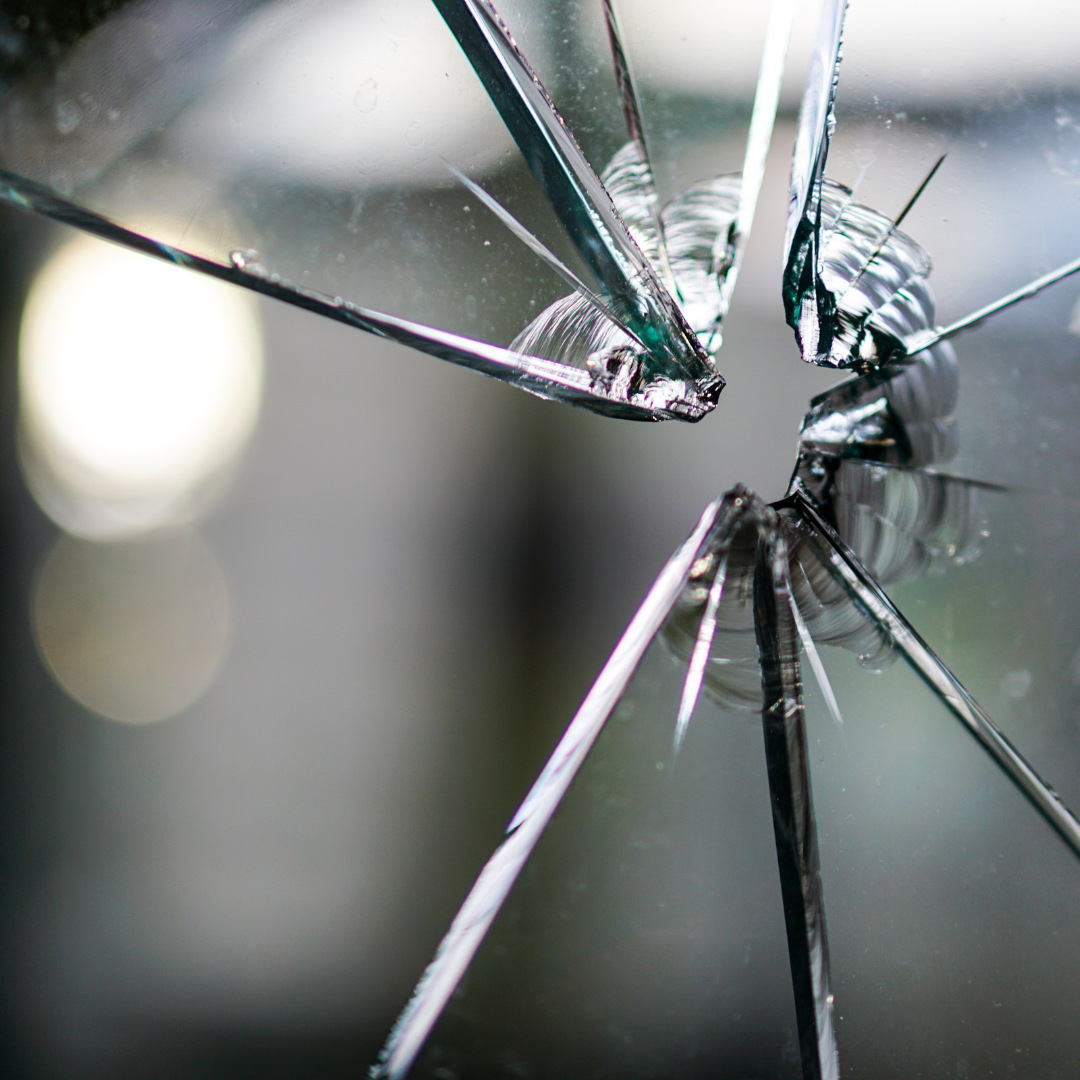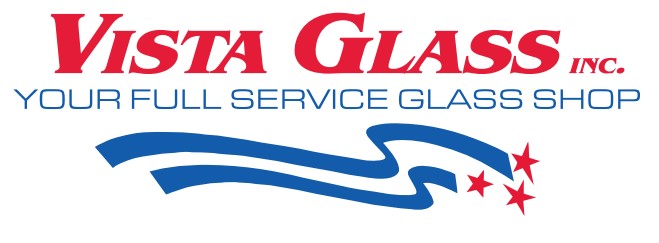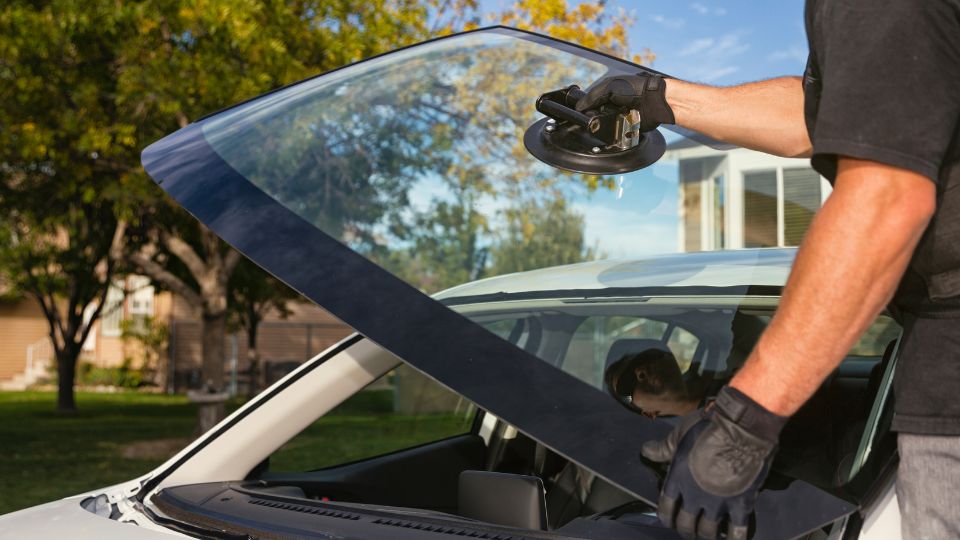When it comes to glass repair in Green Valley, understanding the techniques involved can make all the difference. From chip repairs to full windshield replacements, professionals utilize a range of methods to restore integrity and clarity. One popular technique involves injecting a special resin into cracks, which not only fills the damage but also prevents further spreading. Another method is the use of specialized tools to align and secure broken glass pieces, ensuring a seamless finish. By using these innovative approaches, glass repair experts can effectively enhance safety and aesthetics for every vehicle.
Understanding the Types of Glass Damage
Glass damage can occur in various forms, from minor chips to extensive cracks. Recognizing the type of damage is crucial for determining the appropriate repair technique. Chips are often caused by flying debris, while cracks can result from temperature changes or structural stress. Minor chips can usually be repaired without replacing the entire piece, preserving both cost and functionality. Understanding these differences helps vehicle owners make informed decisions about their glass repair options, ultimately prolonging the life of their vehicle’s glass and enhancing safety on the road.

Types of Glass Damage
Glass damage manifests in several forms, including chips, cracks, and shatters. Chips are small imperfections often caused by debris, while cracks may result from temperature fluctuations or impacts. Understanding these distinctions is essential for vehicle owners to assess the severity of damage and determine the best course of action. Quick recognition of the type of damage enables timely repairs, ensuring the safety and integrity of the vehicle’s glass.
Common Causes of Glass Damage
The primary culprits behind glass damage include road debris, temperature changes, and structural stress. Small rocks and gravel kicked up by vehicles can easily chip windshields, while sudden shifts in temperature can lead to cracks. Additionally, structural issues within the vehicle can put stress on the glass, increasing the likelihood of damage. By identifying these common causes, vehicle owners can take preventive measures to protect their glass from future harm.
Repair vs. Replacement
Deciding whether to repair or replace damaged glass is crucial for maintaining safety and cost-effectiveness. Minor chips and small cracks are often repairable, preserving the original glass and saving money. However, extensive damage, particularly in the driver’s line of sight, may necessitate a full replacement to ensure visibility and structural integrity. Understanding the factors influencing this decision allows vehicle owners to make informed choices that prioritize both safety and budget.
Benefits of Prompt Repairs
Timely repairs of glass damage are essential for ensuring safety and preventing further issues. Delaying repairs can result in more extensive damage that could lead to a costly replacement. Additionally, damaged glass can obstruct visibility, increasing the risk of accidents. By addressing glass damage as soon as it occurs, vehicle owners not only save money but also enhance their safety and the overall longevity of their vehicle’s glass.
How to Choose a Repair Professional
Selecting the right glass repair professional can significantly impact the quality and effectiveness of the repair. Vehicle owners should look for experienced technicians with positive reviews and industry certifications. Additionally, it’s beneficial to choose a shop that uses high-quality materials and advanced techniques. Asking about warranties and guarantees can provide further peace of mind. By making an informed choice, vehicle owners can ensure their glass is repaired safely and efficiently.
The Importance of Timely Repairs
Addressing glass damage promptly is essential to maintaining vehicle safety and structural integrity. Delaying repairs can lead to further cracking or the need for a complete replacement, which can be significantly more costly. Additionally, damaged glass can obstruct a driver’s view, increasing the risk of accidents. A timely repair can also prevent moisture from entering the vehicle, which could lead to more extensive damage over time. By recognizing the importance of swift action, vehicle owners can save money and ensure their safety on the road.
The Resin Injection Process
One of the most effective techniques for repairing minor chips and cracks is resin injection. This process involves cleaning the damaged area and then injecting a specially formulated resin that fills the cracks. Once applied, the resin is cured using ultraviolet light, ensuring a strong bond that restores the glass’s structural integrity. This method not only helps to prevent further spreading of the damage but also improves visibility, as the resin dries clear. Understanding this process highlights the advanced technology used in glass repair and its effectiveness in prolonging the life of your vehicle’s glass.
The Role of Professional Tools
Professional glass repair relies heavily on specialized tools designed to ensure precision and effectiveness. From suction cups that hold glass in place to intricate injection systems for resin application, these tools are essential for achieving high-quality repairs. Moreover, technicians often use advanced measuring instruments to assess the extent of the damage and the necessary repairs. Utilizing the right tools allows professionals to complete repairs efficiently while maintaining the safety and functionality of the glass. This emphasis on quality equipment is what distinguishes professional repairs from DIY attempts.
Choosing Between Repair and Replacement
When faced with glass damage, vehicle owners often grapple with whether to repair or replace the damaged piece. Factors such as the size and location of the damage play a crucial role in this decision. For minor chips and small cracks, repair is usually the more economical and efficient option. However, if the damage is extensive or located in the driver’s line of sight, replacement may be necessary for safety reasons. Understanding the criteria for each option helps vehicle owners make informed choices that prioritize safety without compromising budgetary considerations.
The Environmental Benefits of Glass Repair
Repairing rather than replacing glass can have a positive impact on the environment. The manufacturing of new glass involves significant energy consumption and resource use, contributing to carbon emissions. By opting for repair, vehicle owners help reduce waste and the environmental footprint associated with new glass production. Additionally, many repair shops now utilize eco-friendly resins and materials, further minimizing environmental impact. This sustainable approach not only benefits the planet but also aligns with the growing consumer demand for environmentally conscious practices in automotive services.
Insurance and Glass Repair Coverage
Understanding insurance coverage for glass repair can help vehicle owners navigate costs effectively. Many insurance policies include provisions for glass damage, often covering repairs without requiring a deductible. This can make repairs much more affordable and encourage prompt action, as owners may not feel financially burdened. However, it’s crucial to check with your insurance provider about specific coverage details and any potential implications on premiums. Being informed about insurance options empowers vehicle owners to make the best decisions regarding their glass repair needs while managing costs.
DIY Glass Repair: Pros and Cons
While professional repairs are often the safest route, some vehicle owners consider DIY glass repair as a cost-saving alternative. DIY kits are available for minor chips and cracks and can be effective if used correctly. However, these kits require a certain level of skill and understanding of the repair process to ensure a successful outcome. The primary risks include improper application, which can lead to further damage, or the inability to fully restore the glass’s clarity. Weighing the pros and cons of DIY repair helps individuals make informed decisions that prioritize safety and effectiveness.
- Cost-Effective Option: DIY glass repair kits can save money for vehicle owners, especially for minor chips and cracks, making it an appealing alternative to professional services.
- Skill Requirement: Successful use of DIY kits requires a certain level of skill and understanding of the repair process, which can vary among individuals.
- Risk of Improper Application: Incorrect application of the repair kit can lead to further damage, potentially resulting in more costly repairs or replacements.
- Clarity Restoration Challenges: DIY repairs may not fully restore the clarity of the glass, affecting visibility and aesthetic appeal.
- Informed Decision Making: Weighing the pros and cons of DIY repair helps vehicle owners make decisions that prioritize both safety and effectiveness in maintaining their vehicle’s glass.
Conclusion
Mastering glass repair techniques is essential for maintaining the integrity and appearance of your windows, doors, and other glass installations. From chip repairs to full replacements, Vista Glass of Green Valley offers a comprehensive range of services tailored to meet your specific needs. Whether it’s a minor crack or a more complex issue, understanding the right approach ensures long-lasting, high-quality results.
For residents of Green Valley, AZ, Vista Glass is your trusted local partner for all glass repair needs. Our expert team is dedicated to providing efficient, reliable services to keep your home or business in top condition.

